Mikumi National Park
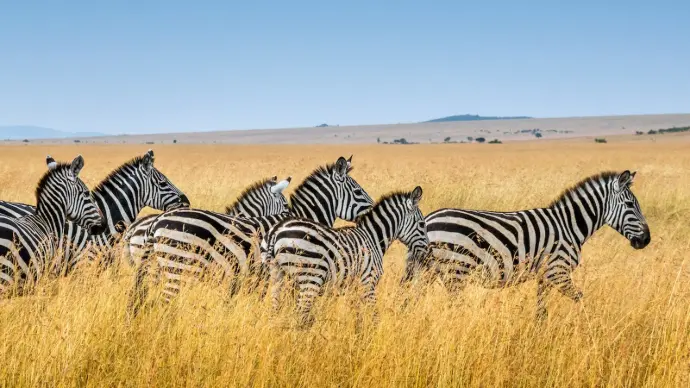
About
Mikumi National Park, located about 300 kilometers west of Dar es Salaam along the Dar-Mbeya highway, is one of Tanzania's most accessible and popular parks. Known for its scenic plains dotted with iconic baobab trees, Mikumi boasts a diverse landscape of miombo woodlands and savannas. The park is home to a remarkable concentration of wildlife, including elephants, lions, giraffes, and buffaloes, as well as rare species like the Sable antelope, African hunting dog, and blue wildebeest. The southern part of the park is particularly stunning, with gentle foothills and vast woodlands that offer a peaceful retreat. Mikumi is also a haven for birdwatchers, with over 400 species recorded, including the endangered grey crowned crane. Its accessibility, rich biodiversity, and beautiful scenery make Mikumi an ideal destination for an authentic Tanzanian safari experience, perfect for both seasoned travelers and newcomers alike.
Wildlife
Mikumi National Park is renowned for its diverse and abundant wildlife, making it a prime safari destination. The park is home to large populations of iconic African mammals, including elephants, lions, giraffes, and buffaloes. Visitors can also spot rarer species such as the Sable antelope, African hunting dogs, and blue wildebeest, which are not commonly found in other Tanzanian parks. Mikumi's varied habitats, from open plains to miombo woodlands, support a wide range of animals, including zebras, wildebeest, and various antelope species like impalas and gazelles. The park is also known for its predators, including lions and leopards, which can often be seen hunting. Additionally, Mikumi is a birdwatching haven with over 400 species recorded, including the colorful lilac-breasted roller and the endangered grey crowned crane. This rich wildlife diversity, along with the park's accessibility, makes Mikumi a must-visit for nature enthusiasts and wildlife photographers.

Mikumi Highlights
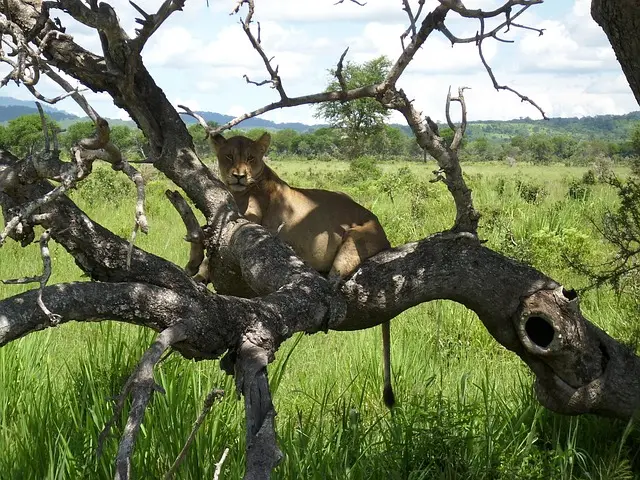
Abundant Wildlife
Mikumi is home to a variety of iconic species such as elephants, lions, giraffes, buffaloes, and rare animals like the Sable antelope and African hunting dogs.
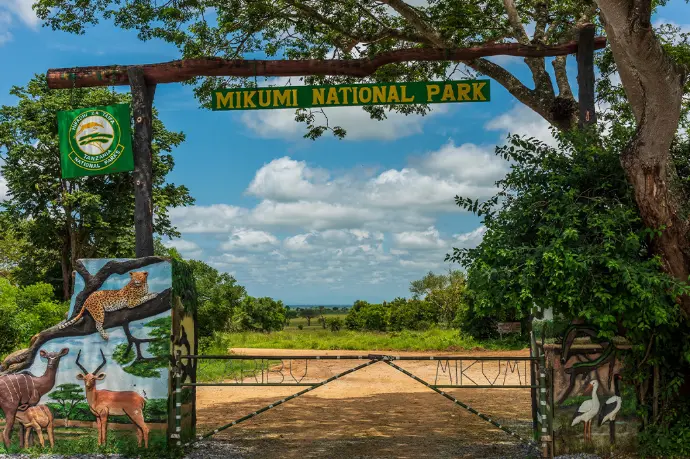
Accesibility and comfort
A short drive from Dar es Salaam, Mikumi is easy to access, offering a convenient safari experience without the long travel time needed for other Tanzanian parks.
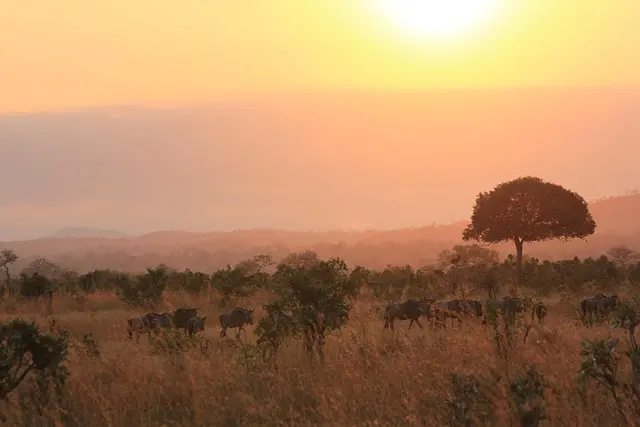
Scenic Landscapes
The park is known for its picturesque plains adorned with baobab trees, as well as its stunning miombo woodlands and gentle foothills in the southern region.
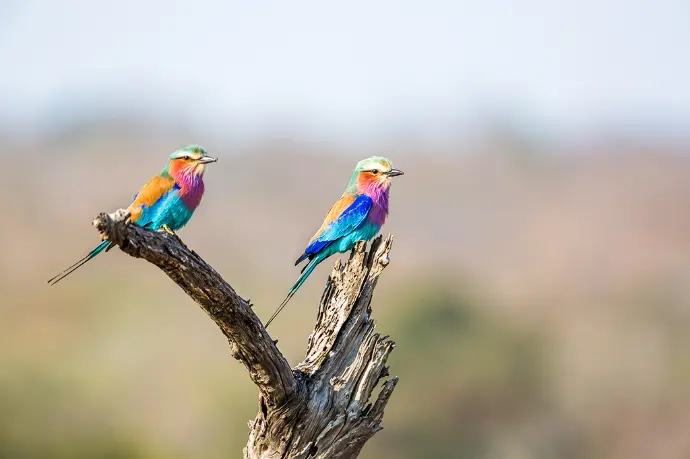
Birdwatching Paradise
With over 400 bird species, including the endangered grey crowned crane and colorful lilac-breasted roller, Mikumi is a haven for birdwatchers.
Walking Safaris
Walking safaris are permitted within the national park, in the company of an armed guide
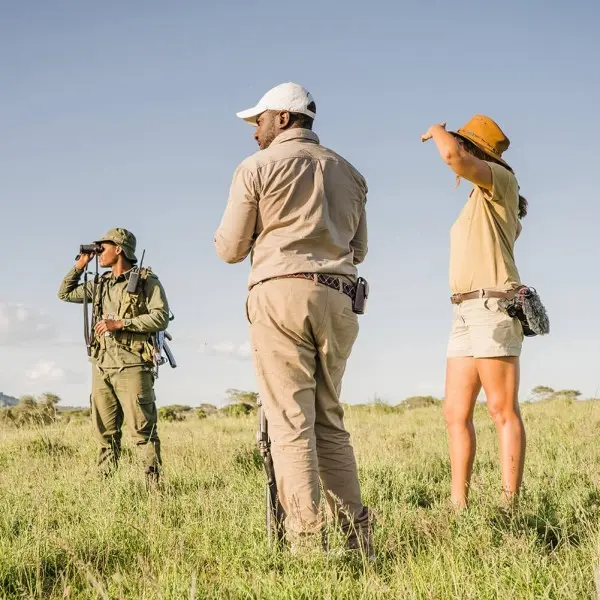
Experience The Adventures
Activities
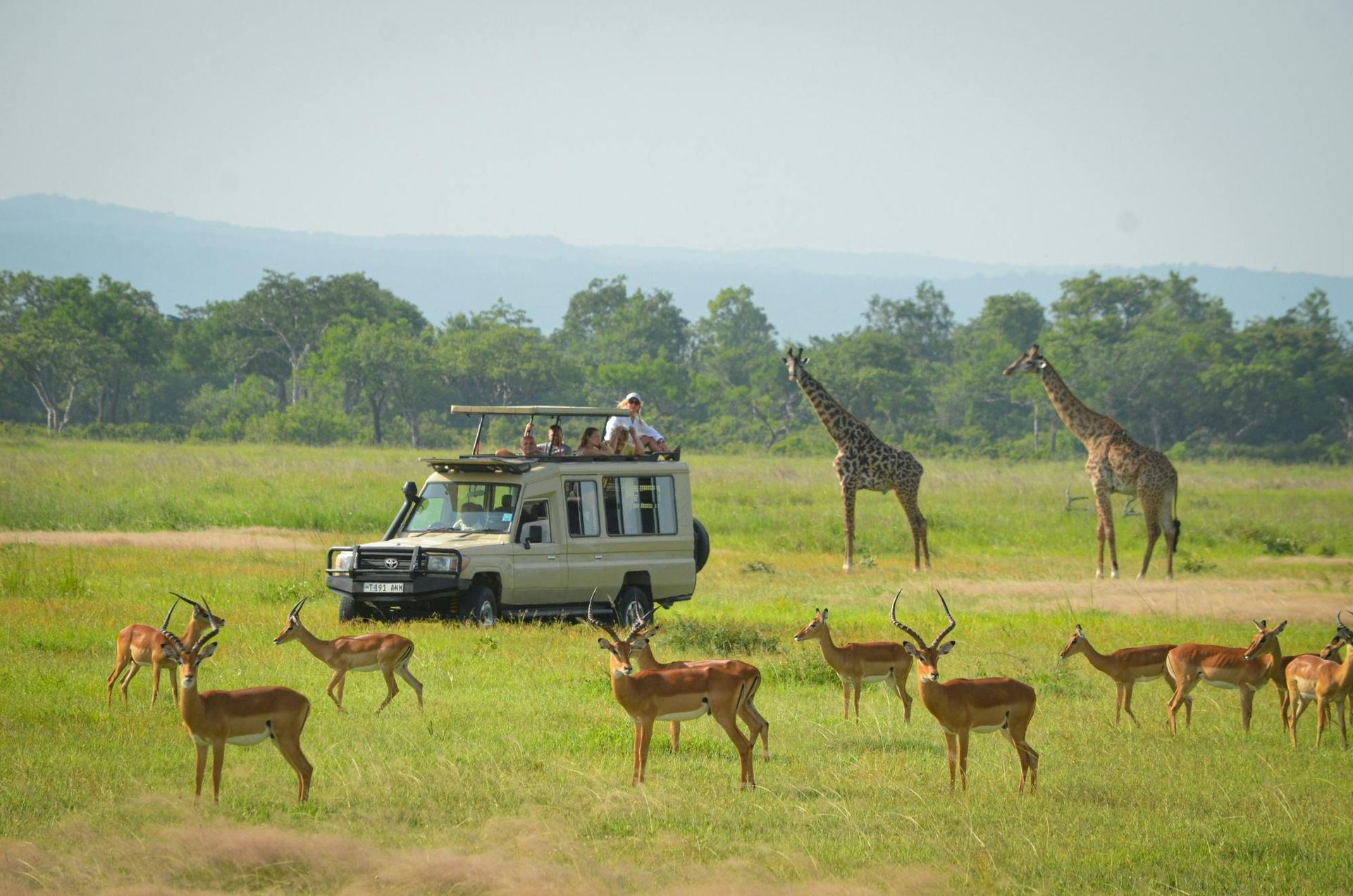
Game Drives
Heading out during the cooler hours, when wildlife is most active, you'll embark on your adventure in a specially designed safari vehicle, accompanied by an expert guide on the lookout for Africa's big game. For those looking to dive deeper, full-day safari options are also available.

Bird Watching
Embark on an exhilarating bird watching expirience, Expect vibrant rollers, majestic eagles, and diverse waterbirds near pools and rivers.
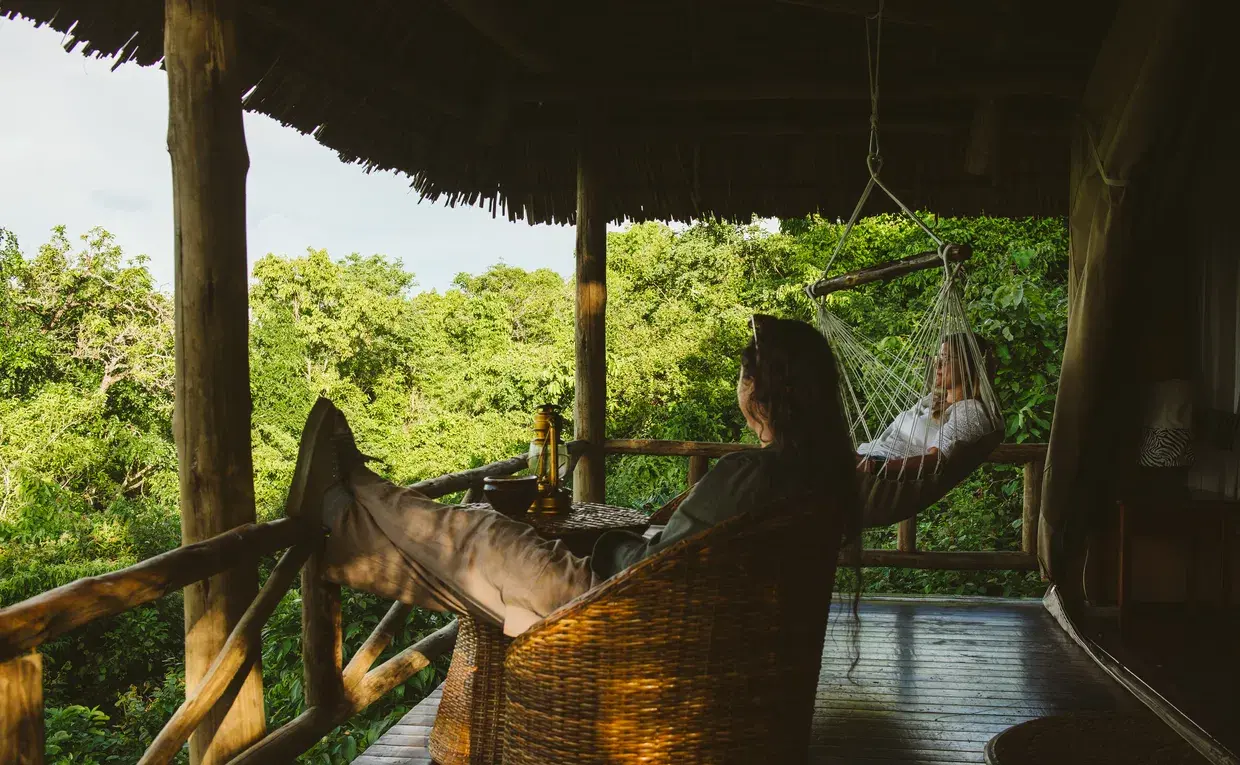
Camping
Mikumi offers both public and private camping. Public sites provide rustic, immersive experiences, while private options offer more amenities. Expect nights filled with natural sounds and stunning sunrises. Safety is paramount; check regulations and bring proper gear for an authentic wilderness adventure.
Visiting Timelines
Discover the best times to Visit Lake Manyara.

Dry Season
The sparse vegetation at this time assists with game viewing, and it is considered the best time to visit. Dry season runs from June to October.

'"High Season"
The peak tourist season at Mikumi stretches from July to March, with the park becoming busier as the day progresses, especially during the afternoon hours.
The Wet Season
From a scenic viewpoint, the park is at its most vibrant and lush between November and May, when the rains transform the landscape into a rich, green paradise.
